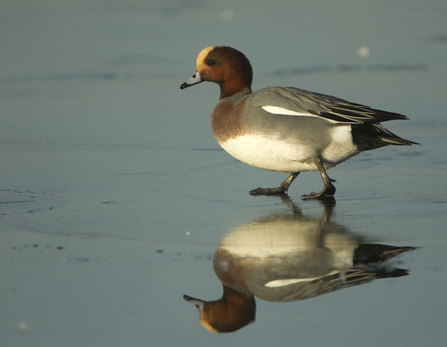The ideal holiday destination for migrant birds and insects.
Somerset’s tapestry of watery habitats – wet peat meadows, shallow pools, connecting rivers, rhynes and streams, and rich, estuarine mud – is not just a picturesque landscape; it is home to a dazzling array of waterbirds and a vital refuge for other wildlife such as fish. In particular, the county is an international staging point and hotspot for overwintering bird species, providing a smorgasbord of food – from aquatic invertebrates to succulent grasses – and a safe refuge from harsh winter weather elsewhere. Meanwhile, as the first leaves burst from the ancient oak woodlands of Exmoor and the Quantock Hills, robin-size birds - wood warblers, pied flycatchers and redstarts - arrive from West Africa to nest. Across the county, swallows, house martins and swifts also arrive in spring, eating emerging insects that help them pile on the calories before heading further north or remaining in the county to nest. For many animals, Somerset is more than just a summer or winter retreat; it is their lifeblood.















